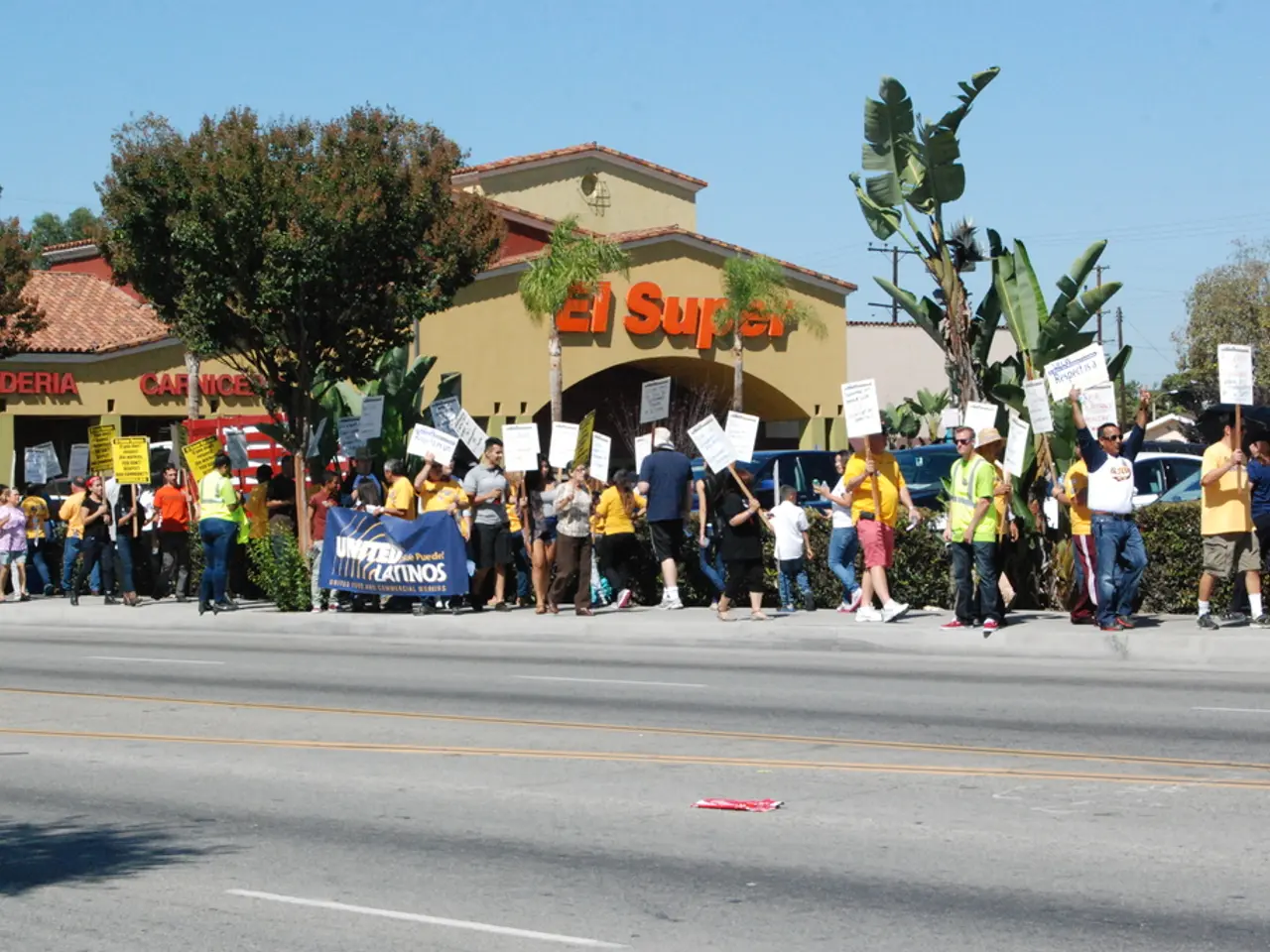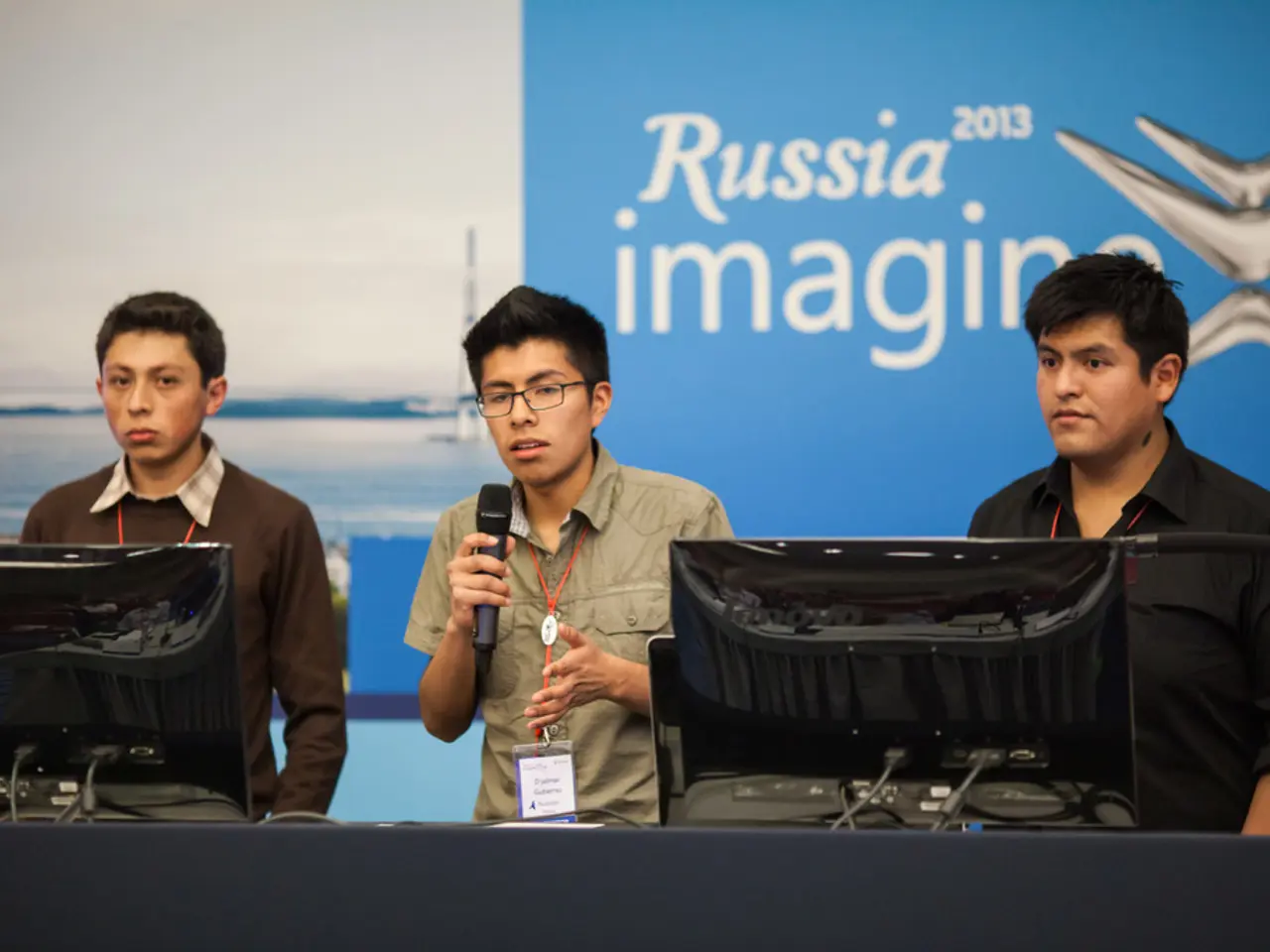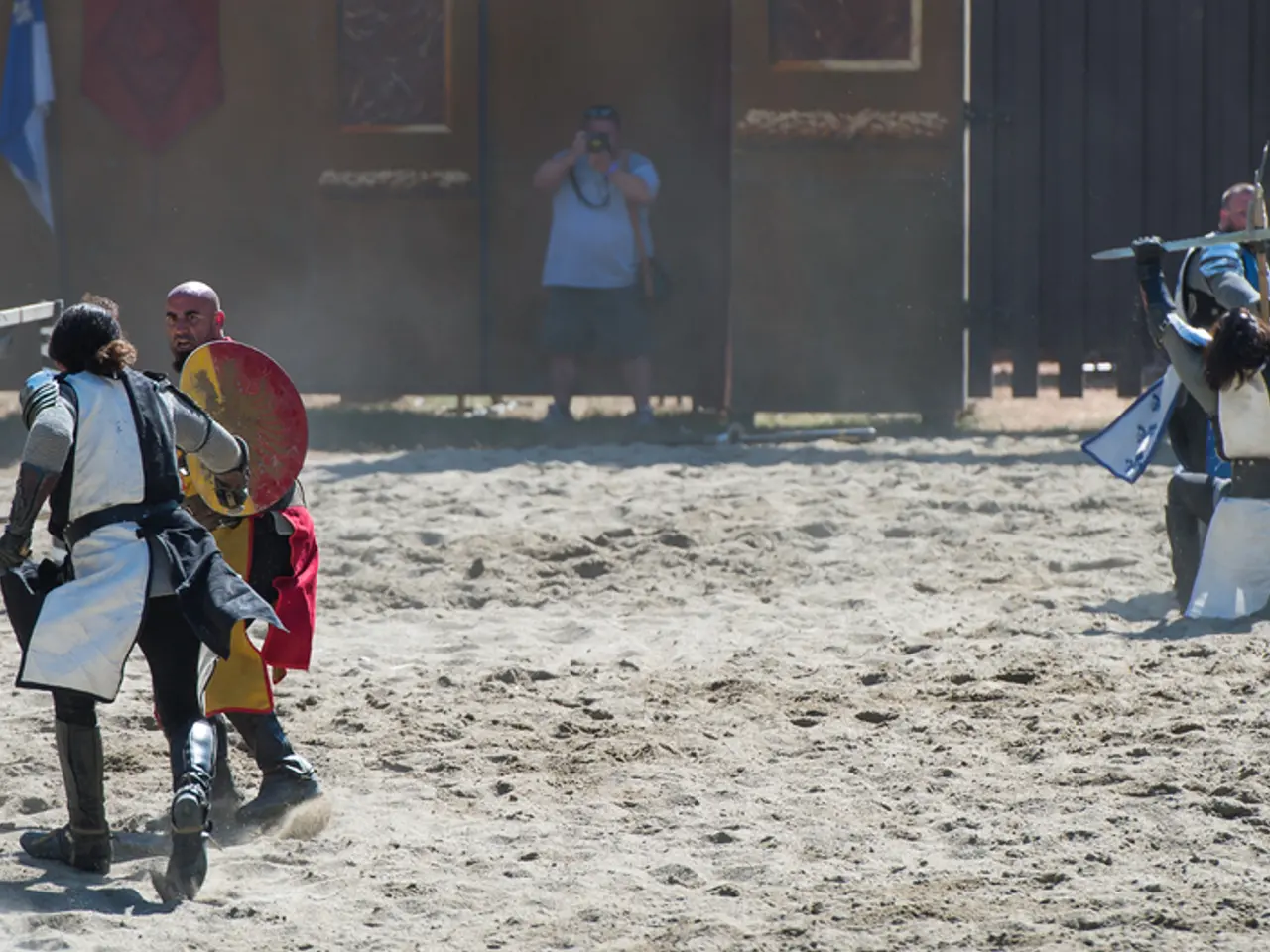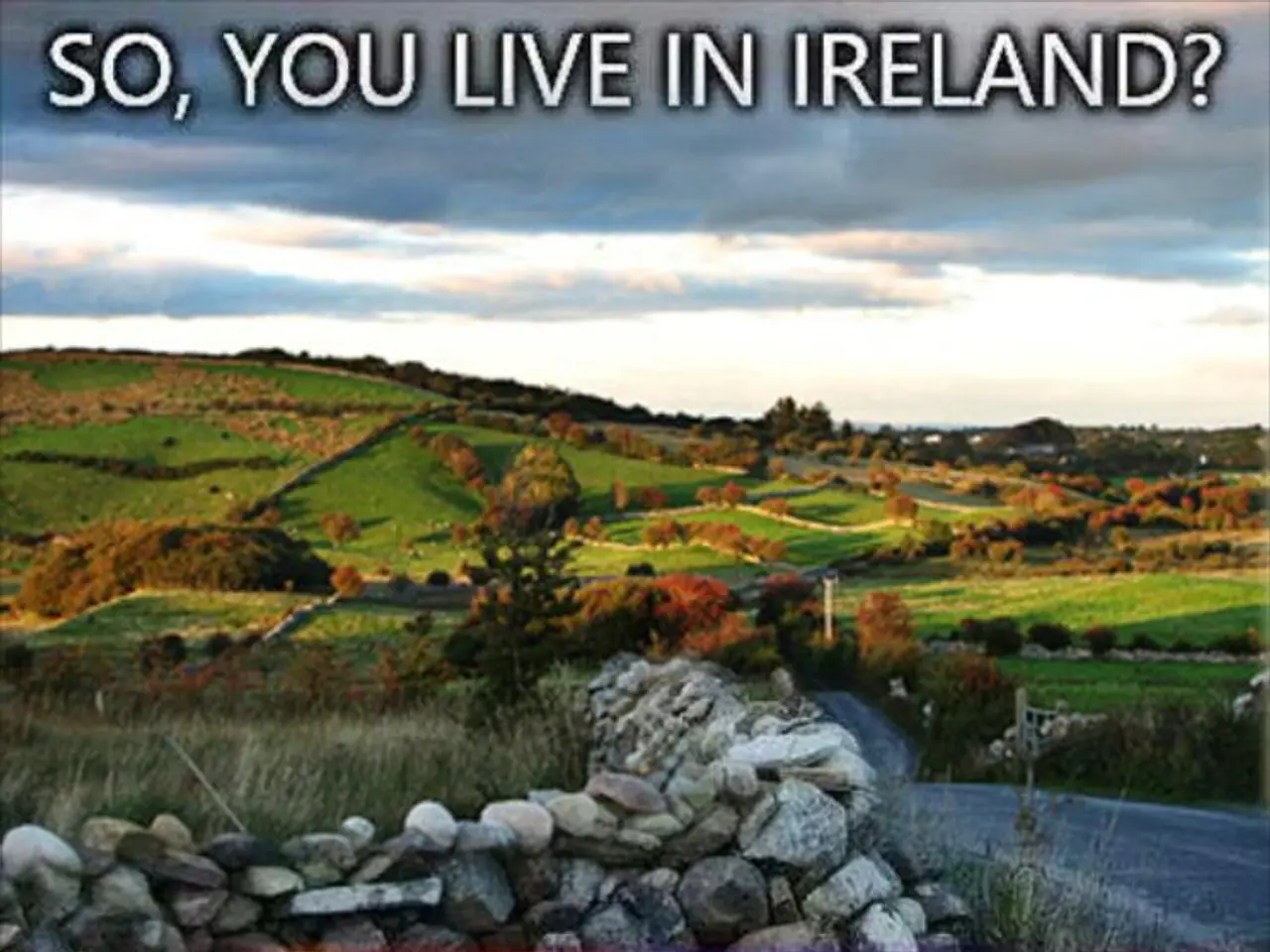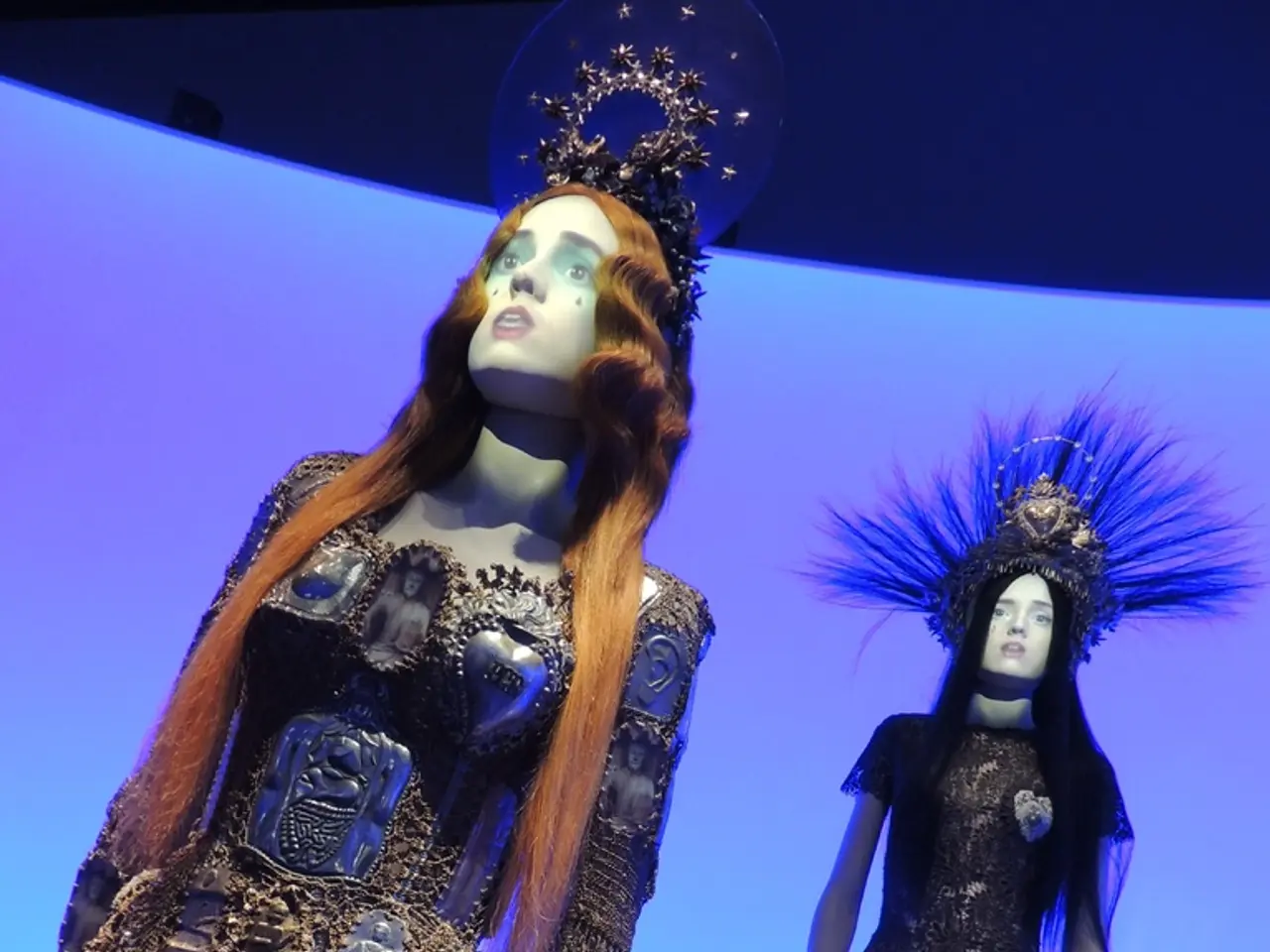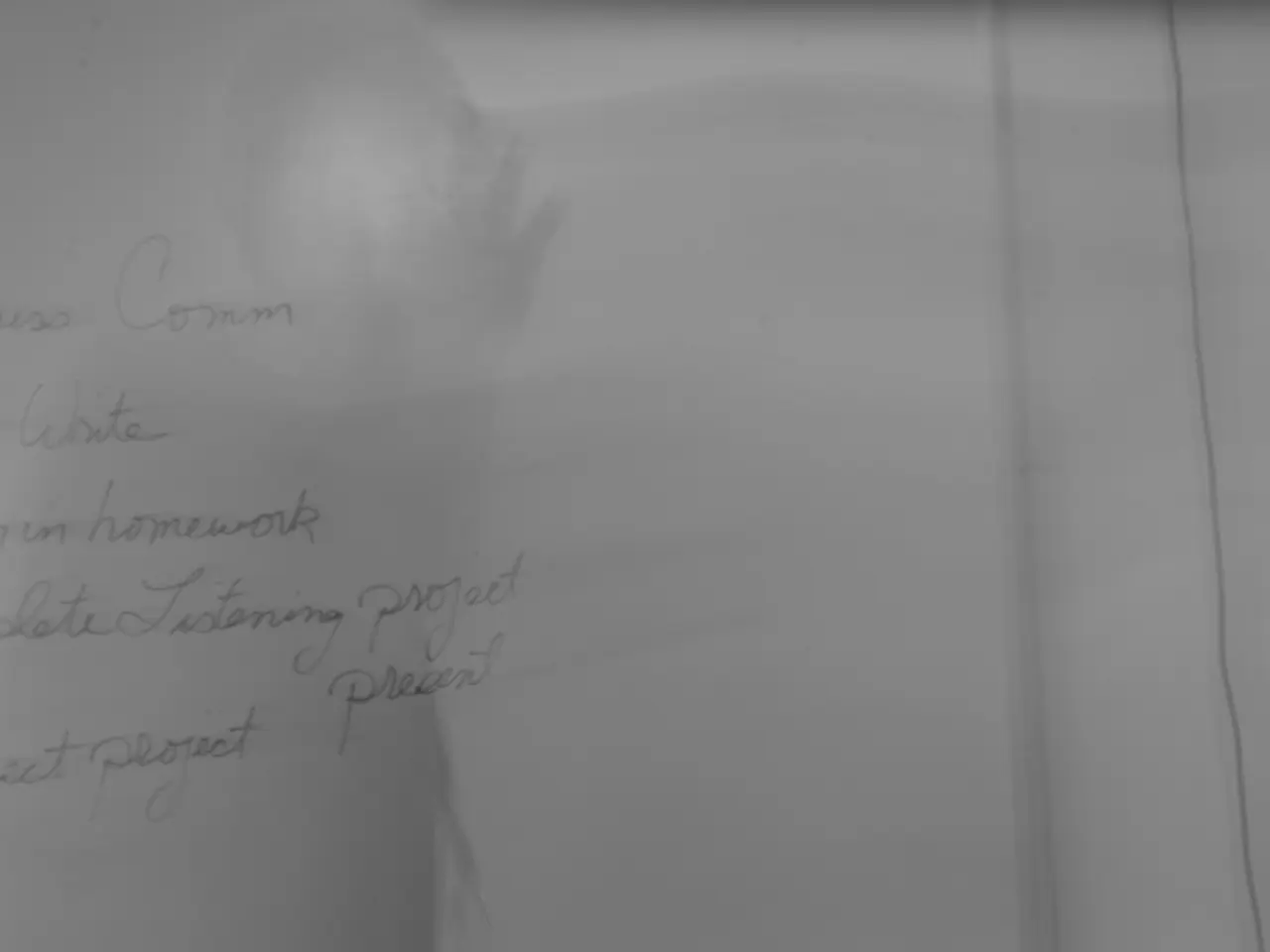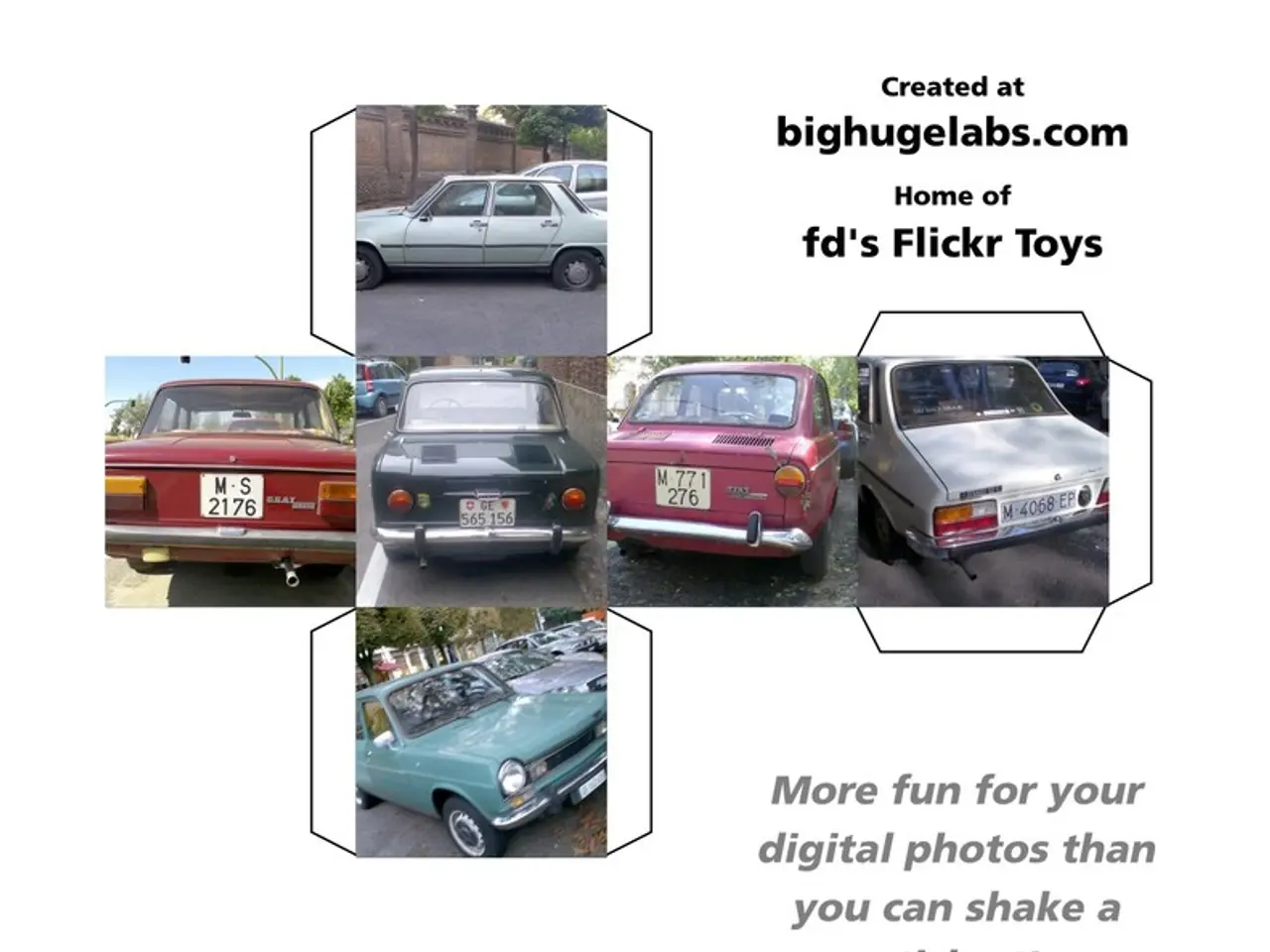Historic Approaches to Political Campaigning Over Time
In the realm of political campaigning, strategies have undergone a significant transformation over the past century. This evolution, marked by shifts in technology, media, and voter behaviour, has fundamentally altered the landscape of elections.
The 19th century saw the emergence of persuasion as a key campaign strategy. In the 1876 U.S. presidential election between Rutherford B. Hayes and Samuel Tilden, campaigns were characterised by mud-slinging rhetoric and mobilization of paramilitary groups to suppress opposition voters. Candidates themselves were less visible, with surrogates taking on public speaking and rally duties. Political persuasion relied heavily on oral appeals, newspapers, and local networks, with a strong emphasis on patronage, party loyalty, and direct voter influence.
The early to mid-20th century witnessed the rise of mass media and negative advertising. The 1964 U.S. presidential election marked a turning point with the introduction of aggressive televised campaign advertising, notably Lyndon B. Johnson's "Daisy Girl" ad, which used emotional appeals such as fear and guilt to influence voters. Negative or attack ads became common, exemplified by Richard Nixon’s 1972 campaign that leveraged television effectively to portray opponents unfavorably. The rise of television debates, beginning notably with the 1960 Kennedy-Nixon debates, added a new dimension where candidate image and demeanor could sway public opinion.
Late 20th to early 21st century campaigns became highly media-driven, with candidates investing heavily in television ads, staged public events, and debate performances to generate favourable coverage and voter engagement. Campaign strategies started focusing on targeting key swing states under the U.S. electoral college system, concentrating resources where the electoral impact would be greatest.
The advent of the internet and social media platforms transformed campaigns into data-driven operations that utilise microtargeting to tailor messages individually and reach voters through digital channels including social media, email, and online ads. Modern campaigns integrate analytics, artificial intelligence, and behavioural data to optimise voter outreach, fundraising, and persuasion strategies, marking a shift from broadcast to narrowcast communication.
This trajectory from persuasion through local influence and speeches to mass media dominance, and now to sophisticated digital microtargeting, illustrates how election campaign strategies have evolved in response to changes in technology, media, and voter behaviour over more than a century. The conclusion of this evolution suggests a future of increasingly sophisticated and personalised campaigns as technology continues to advance.
Here is a summary of key strategies and mediums/tools used in different eras:
| Era | Key Strategies | Mediums/Tools | Notable Examples | |----------------------|--------------------------------------|------------------------------------|-----------------------------------| | 19th Century | Persuasion, voter mobilization, suppression tactics | Newspapers, local networks, surrogates | 1876 Hayes-Tilden campaign | | Mid-20th Century | Televised ads, negative campaigning | Television, radio | 1964 Johnson "Daisy Girl" ad, 1972 Nixon campaign | | Late 20th Century | Media saturation, debates, targeted state focus | TV ads, debates, public events | 1980 Reagan-Carter debates | | Digital Age (21st C.)| Microtargeting, social media, data-driven | Internet, social platforms, AI analytics | Recent presidential campaigns |
From ancient Greek politicians, such as Pericles and Demosthenes, known for their persuasive oratory skills, to the charismatic leaders like John F. Kennedy and Barack Obama who utilized persuasion to connect with voters on an emotional level, the power of persuasion has been an effective campaign strategy throughout history. As we move forward, it will be interesting to see how technology continues to shape and reshape the way political campaigns are run.
In the contemporary era of political campaigns, strategy has been revolutionized with the advent of microtargeting, social media, and data-driven analytics. These tools have enabled tailored messaging to individual voters, transforming the landscape of elections significantly. (technology, blog, digital age)
The transformation of political campaigning over the past century can be traced from persuasive oratory to mass media dominance and now digital microtargeting, signifying the profound influence of technology, media, and voter behavior on election strategies. The integration of artificial intelligence and behavioral data in modern campaigns has marked a shift from broadcast to narrowcast communication, and this evolution is expected to continue in the future, with increasingly sophisticated and personalized campaigns. (politics, policy-and-legislation, general-news)
